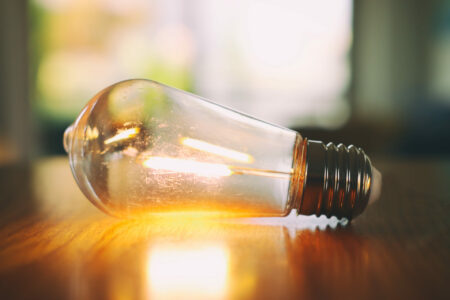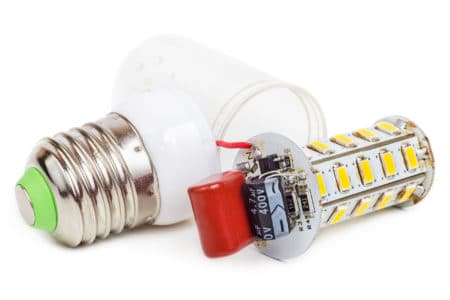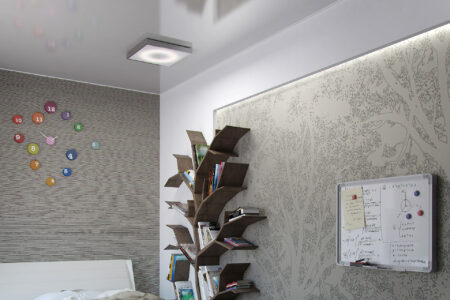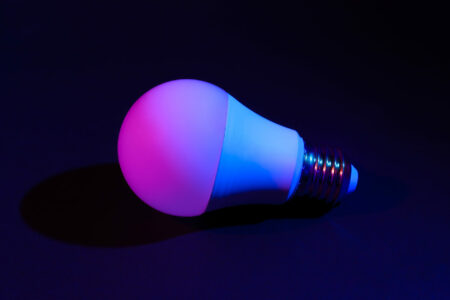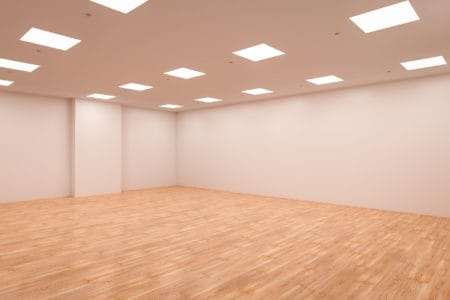If you ever feel like your studying lights are dull, you should look into other ways to improve them. Choosing the best LED light color for studying makes a huge difference in improving your grades.
Natural LED light is the best LED light color for studying as it imitates the natural light coming from the sun. This exhibits all wavelengths of light, which in turn provides us with the naturality of the environment. However, it’s still best to know what intrinsic factors of light color influence our study habits.
How Does LED Light Color Affect Studying?
Lighting plays a pivotal role in helping you study. You use light to see visual information that is mediated by texts or videos.
The color of light doesn’t change the content of what you’re reading or watching, but it most certainly affects how you easily understand the information you’re perceiving.
LED light colors greatly affect our attentiveness, concentration, productivity, and mood. Certain light colors might be inclined to boost your productivity levels, while other light colors might be inclined to help you manage your time and concentrate on your studies.
Our eyes and parietal cortex in the brain are mostly the ones that do the work when we perceive information through our visual senses. It’s best to choose an LED light color that does not hinder stimulating these.
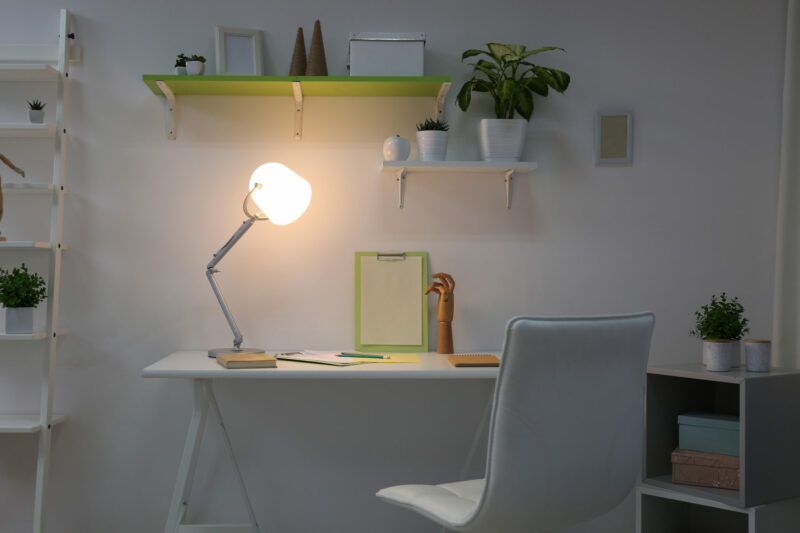
Different LED Light Colors
The color temperatures, background contrasts, intensity, or the hue itself are crucial factors that should be considered when choosing your LED light color.
Our phones usually emit cool temperature colors, which make us active. On the other hand, warm temperature colors that usually resemble natural lighting makes us feel relaxed and comforted.
Different LED light colors have distinctive psychological effects on our behavior and thinking. Though it’s generally subjective, it may be a helpful tool for those struggling to know what LED light color is best for learning.
Red LED Lighting
Using red LED lights when studying may not be a good idea. High-intensity red LED lights suppress the melatonin your body should receive. This is the same as having no lights, which means there will be no regulation of your body’s circadian rhythm. This irregularity can disrupt your natural sleep cycle and cultivate unhealthy study habits.
Reading reference materials under the dark red light might also be challenging. Most pens used for textual information are dark-colored ones, such as black and red. Coloring your space with the same dark-colored light will make it difficult to see the text.
Yellow LED Lighting
Warm color temperatures (yellow-orange range) relax our minds, but it doesn’t necessarily mean that it’s best to use yellow LED lights when studying.
Yellow lights create a well-lit environment that is in contrast with dark colors. This contrast may help read dark-colored texts, but lighter impressions may not be easy to read.
Light-colored LED lights might be an effective way to protect your eyes from blue light. However, this doesn’t help much in improving your studies. This might suppress the amount of blue light needed to raise our brain activity, which is detrimental to processing information.
Green LED Lighting
Working memory is a fundamental component of studying, and green light exposure helps improve it.
A study from the journal Applied Ergonomics concluded that green light significantly helps on improving students’ cognitive performance more than blue light. This implies that people who use green LED light tends to be more attentive to what they are reading.
Green LED light enhances one’s concentration, making it easier for people to focus more on studying. Green LED light also stimulates the parietal cortex in our brain, which is primarily responsible for how our senses perceive information.
Despite the performance boosts brought by using green LED light, there are still some downsides to using this color as a study room light. Green LED light generally emanates lesser lumens than yellow and blue LED lights, which makes it a bit hard to read texts.
Blue LED Lighting
Numerous studies claim that students’ exposure to LED lights having short wavelengths (violet-blue range) boosts their attentiveness and performance. Natural daylight incorporates an abundant amount of this short-wavelength light.
Higher brain electrical activity of students is primarily because of blue LED light exposure. This implies that blue-lighted spaces induce quicker reaction times and fewer attention lapses when studying.
Though blue LED lighting helps improve study habits, overexposure to such can still be disruptive. It’s also shown that blue light may disturb one’s circadian rhythm, building unhealthy studying schedules.
Darker shades of blue LED lights might be a problem when reading dark-colored textual information. Cooler temperatures on the lighter side of blue will be more beneficial than darker shades in optimizing your study habits.
Highly-concentrated blue light might disrupt our parietal cortex, making it hard to stimulate. This, in turn, makes us less focused on what we are studying and might distract us from doing other things. This is why looking at your computers or phones, which mainly emit blue light, is more distracting than using reference materials like books or indexes.

Natural LED Lighting
Nothing is more natural than plain white LED light, which most homes commonly use.
Natural LED light mimics daylight, which makes it a perfect light color. We use natural light to emanate the neutral colors of our surroundings. This helps us avoid disrupting what intensity and color we intend to see in some objects.
White LED light also provides the perfect contrast to dark colors. This makes it an excellent LED light for a study room where you most often read.
The perfect balance of ambient lighting makes the best LED light color as it emits all light colors evenly. This prevents our eyes from being overwhelmed by overly-concentrated colors that can suppress other light colors we may also need.
Most students also prefer natural lighting to capitalize on its versatility. Natural LED light doesn’t impede you from reading different texts in any colors, unlike highly-concentrated colored LED lights.

